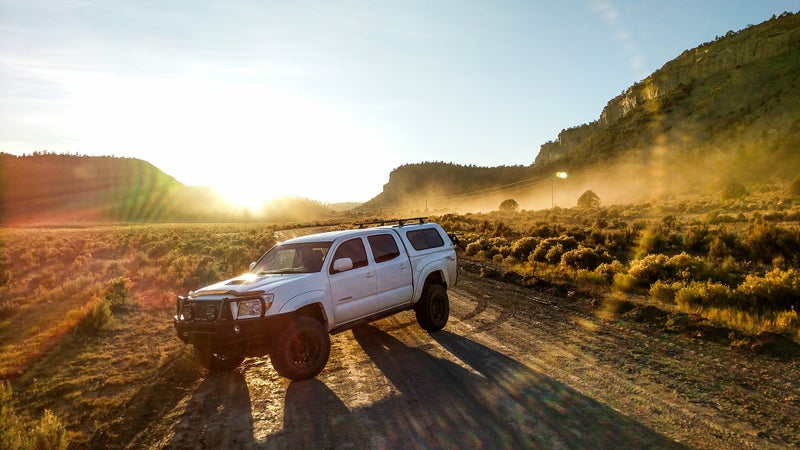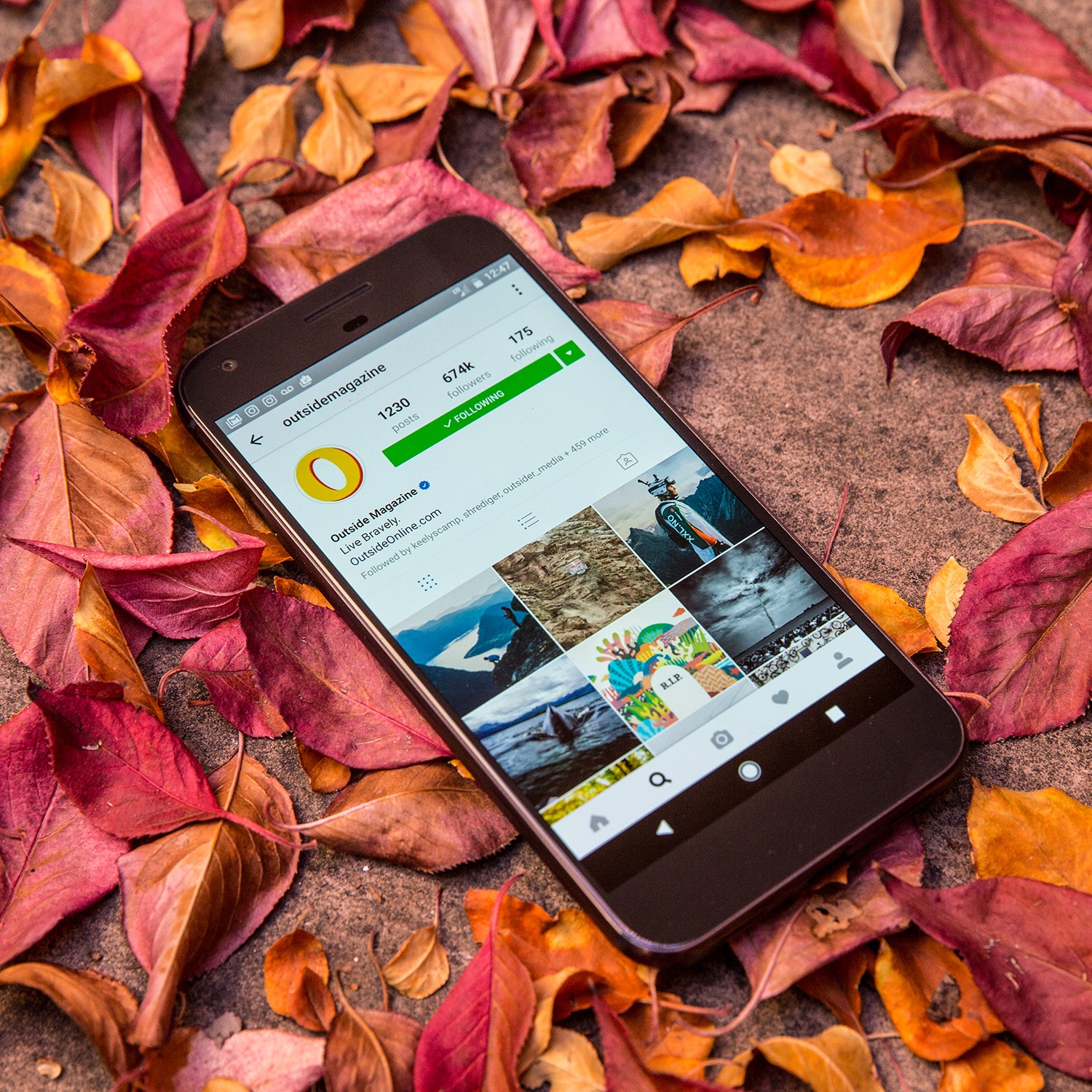When we think of top-shelf smartphone cameras, we think of offerings from┬áApple and Samsung. Now itÔÇÖs time to add Google to that list. With its new ,┬áthe┬átech giant has produced a portable,┬ápowerful adventure cam. We've been testing the XL version for the past few days: here are our first impressions.┬á
Camera Design
Both Pixels come with a 28-millimeter┬áf2.0 lens thatÔÇÖs fast and sharp. That's not quite┬áas fast as the iPhone 7ÔÇÖs 28-millimeter┬áf1.8 lens, but it still produced crisp photos in variable lighting. Amateur photographers will be hard pressed to tell the difference between the two.┬áThe color was a little too vibrant at timesÔÇöpartly because the camera defaults to HDR,┬áwhere┬áit combines┬áthree different exposures┬áinto oneÔÇöbut the photos (both in HDR and in regular mode) still took very little toning.┬á


The 12.3-megapixel sensor isnÔÇÖt huge, but each pixel is larger than what you normally get on a cell-phone chip and they gathered a decent amount of highlight and shadow detail that we then pulled out in post-processing. We could darken blown-out clouds, for example, and overall it felt very similar to what's in the iPhone 7.┬áTo be clear, the sensor is nowhere near as powerful as what youÔÇÖd┬áfind in a new DSLR┬álike the Canon 5D Mark IV┬áor a mirrorless camera like the Sony A7R II. But youÔÇÖll be plenty happy with the shots if theyÔÇÖre going to live on the web┬áor if you want to make small┬áprints, such as an 8-by-10.┬á


Software Design
As with┬áthe iPhone 7, the Pixel lets you control exposure by swiping up or down on the screen. Unlike the iPhone, you also have the option to┬ámanually set┬áwhite┬ábalance. In┬áauto, the white balance is usually spot on, but itÔÇÖs nice to have manual control for when youÔÇÖre trying to nail the color under indoor lights.┬á
Press down on┬áthe shutter, on the screen, and the Pixel will take a burst of photos, like an iPhone. What's new here┬áis that the Pixel can turn┬áthat┬áburst of photos into a sharable GIF.┬áThe Pixel can also┬áblur out the background, creating a shallow depth of fieldÔÇöwhich is particularly useful for portraits.
Video
ThereÔÇÖs nothing particularly impressive about the video capabilities, but the phone hits all the most important benchmarks. You can shoot stabilized 4K at 30 frames per second┬áor 1080 at up to a slow-mo 120 frames per second. You can also shoot super slow-mo 240 frames per second┬áat 720p.
Sharing and Storage
The phones arenÔÇÖt as big as what you can get from AppleÔÇöthey come in 32- or 128-gigabyte versionsÔÇöbut thatÔÇÖs intentional. Since Google makes the phone, it gives users unlimited cloud storage for all your full-resolution photos and videos on Google Photo. This means┬áyour photos are always backed up on the cloud and easy to share.
Downsides
Neither Pixel phone gets a second, longer lens like the iPhone 7 Plus. That means zooming in is pretty much out of the question, as digital zoom is terrible: it just crops in and ruins the resolution.
The build quality is excellentÔÇöit seems ready to put up with plenty of abuseÔÇöbut the Pixels aren't┬áwaterproof like the iPhone 7s.
As mentioned before, the camera wants you to shoot in HDR, where the camera reads the scene and brackets three shots into a single image in order to capture shadow and highlights. WeÔÇÖre fans of HDR in some very specific situations, and Google does a good job┬áblending the photos, but the process often makes the photos look┬áoverly toned, and we didnÔÇÖt like having to manually switch back to the regular shooting mode.
Finally, Android doesnÔÇÖt have quite as many photo apps as AppleÔÇÖs iOS. WeÔÇÖll see if the Pixel spurs more development.
The Verdict
Android users will┬ábe very happy with this camera. It stacks up well against the other top competitors, plus it comes with some┬áimportant features unique to Google. As a bonus,┬áthe phone┬áworks with the Google Project Fi service, which uses a WiFi network whenever possible to make callsÔÇöand piggybacks┬áon┬ávarious cell providers┬áthe rest of the time. It's┬ágreat┬áfor international travel.┬áIt costs $20 a month for unlimited talk and┬átext, and $10 per gigabyte┬áas a flat fee, anywhere in the world. ThatÔÇÖs about ten times cheaper than what youÔÇÖd pay if you stayed on your regular provider and opted for the international package.



